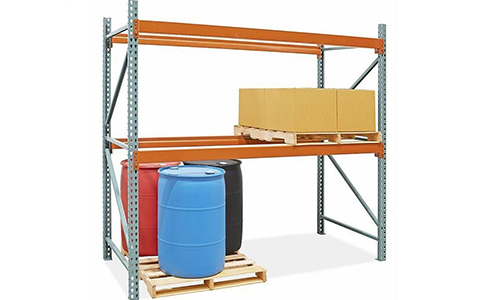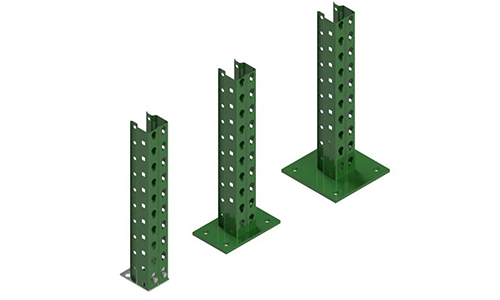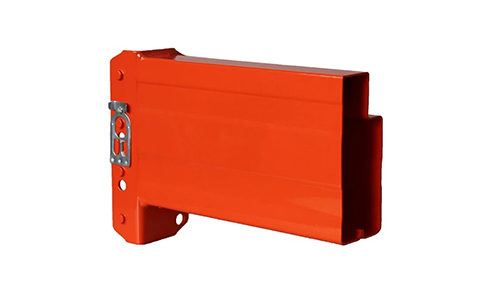Brief Introduction
When you are configuring Warehouse Pallet Racks, there are two types of capacity to take into account: beam capacity and upright capacity. Getting those capacities right is a critical factor in safe, efficient rack operations, so understanding why they are very different numbers is important.
Beam capacity
Beam capacity is simple to calculate, and it's a simple number. Almost any beam sold has a standard capacity per pair. To be clear, that means that this rack beam has 2000KGS capacity per level (two beams) not for each beam. There are rules for load distribution (it has to be evenly distributed), but essentially that's a rather easily understood number. You can have two pallets of up to 1000KGS each on that beam level.
Upright capacity
It's more complicated for uprights Upright frames, for it depends on the vertical space between beams, which is also called the "unsupported span". Generally, the more air between levels, the lower the capacity of the rack due to fewer beams, which act as horizontal ties between the uprights.
If you have a very tall, but light load, you could have larger unsupported spans between beam levels. For dense, very heavy loads, you need tighter beam spacing. All rack manufacturers will post their upright capacity tables online, or provide users in printed form. The tables compare the type of upright to the vertical beam spacing, and tell you how much the frames can hold in total. You can contact us anytime you have inquiries about Warehouse Pallet Racks.

Some rack capacity tips:
1. Be sure your floor can bear the weight of the rack, plus the maximum load. People assume that their floor can, and sometimes that isn't the case for very heavy loads.
2. Your racks should always be connected to the floor to attain their listed capacities.
3. They should also have correctly installed beams and connectors/safety clips.
4. Frame (and beam) capacities are listed for static loads.
5. The weights of your rack components counts against your capacity — deduct the weight of beams, frames, decking, and accessories.



